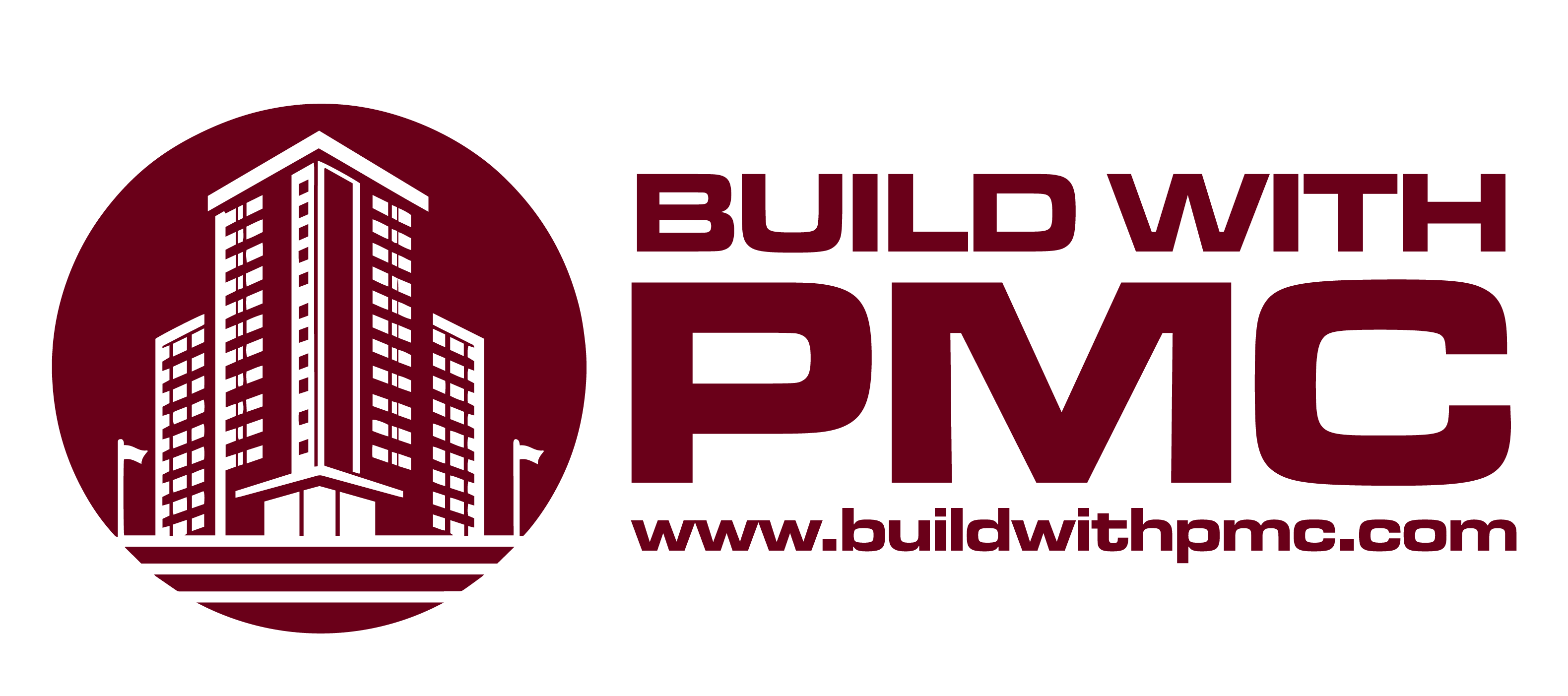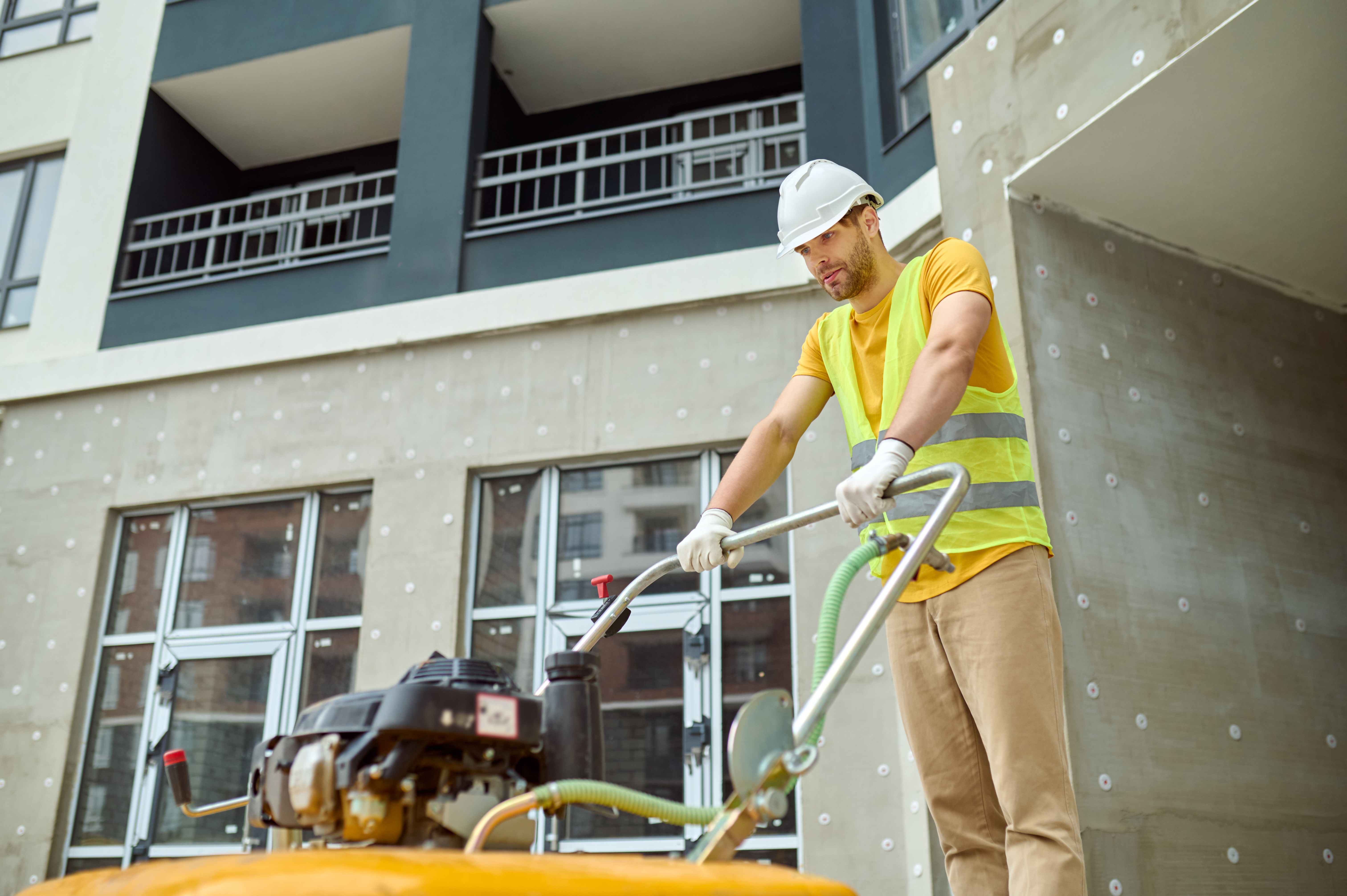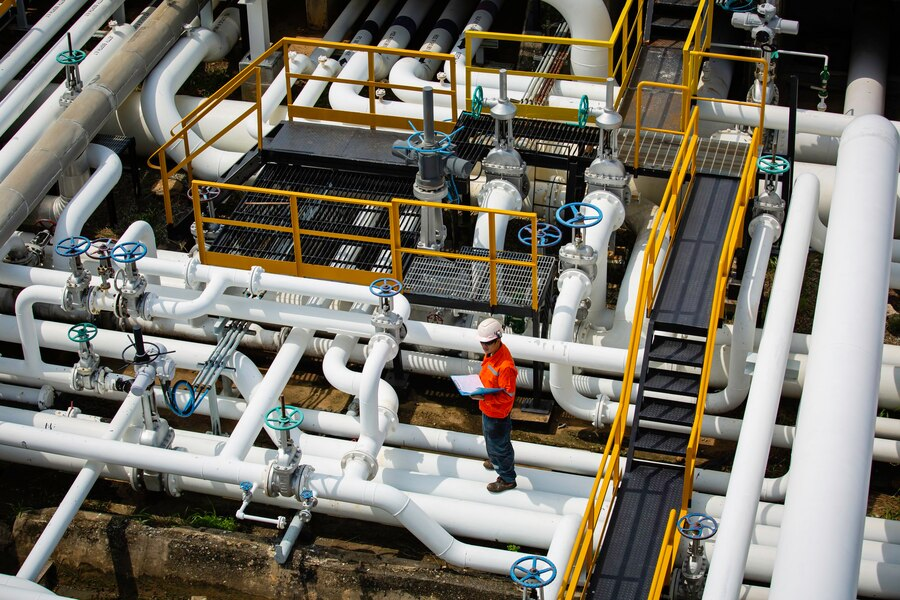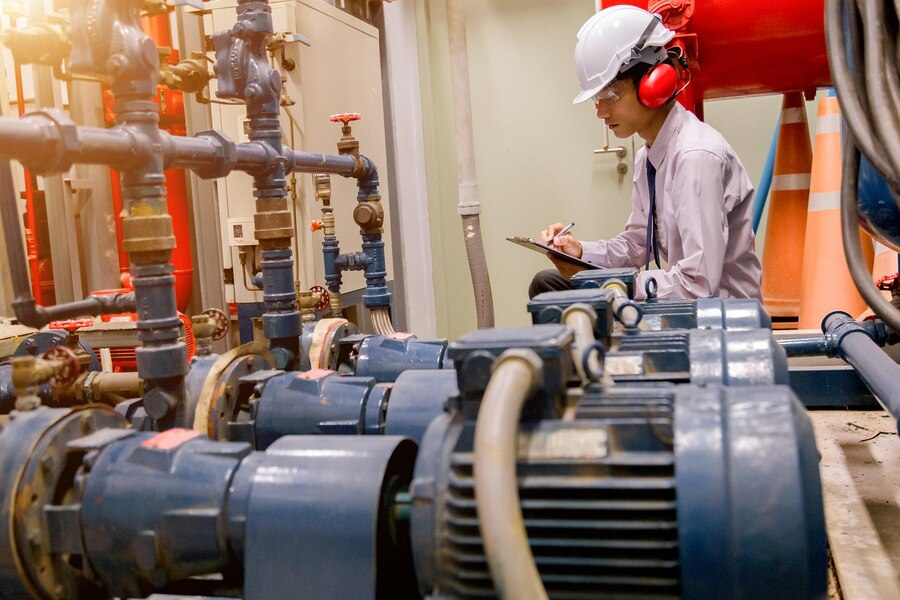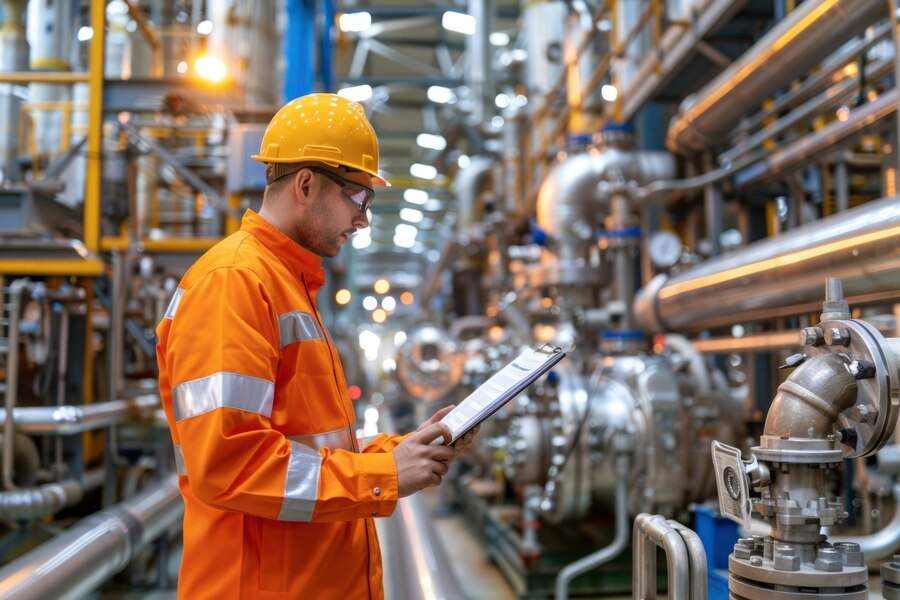Maintaining the exterior of a building is often overlooked, but it plays a critical role in ensuring the long-term health and sustainability of a property. The exterior serves as the first line of defense against various environmental elements, wear and tear, and structural degradation. Neglecting exterior building maintenance can lead to a myriad of issues, ranging from aesthetic deterioration to more severe structural problems.
In this blog post, we will delve into the reasons why exterior building maintenance is essential for the long-term health of a property.
Protection Against Environmental Elements

One of the primary reasons for investing in exterior building maintenance is to protect the structure from the harsh impact of environmental elements. Buildings are constantly exposed to rain, snow, wind, and sunlight, which can take a toll on their exterior surfaces. Over time, exposure to these elements can lead to erosion, fading of paint, and the development of cracks and leaks.
Regular inspections and maintenance activities, such as waterproofing, repainting, and sealing, form a crucial part of protecting the building envelope. By creating a barrier against moisture and UV rays, property owners can prevent the gradual deterioration of the building materials, ensuring its longevity and structural integrity.
Prevention of Structural Damage
Exterior building maintenance goes beyond cosmetic improvements; it is a proactive measure to prevent structural damage. Cracks in the walls, damaged roofing, or compromised foundation can pose serious threats to the overall stability of a building. These issues may start small, but if left unattended, they can escalate into major structural problems that are not only costly to repair but can also compromise the safety of occupants.
Regular inspections by qualified professionals can identify early signs of structural damage. Timely repairs and reinforcement can mitigate the risks associated with structural issues, preventing them from escalating and preserving the long-term health of the property.
Enhancement of Aesthetic Appeal
The exterior appearance of a building significantly contributes to its overall aesthetic appeal. A well-maintained exterior not only enhances the property’s visual appeal but also contributes to the positive perception of the surrounding environment. Faded paint, rust, and neglected landscaping can give an impression of neglect and devalue the property.
Exterior building maintenance, including painting, landscaping, and facade cleaning, helps retain the property’s curb appeal. This is particularly important for commercial buildings, as a visually appealing exterior can attract customers, tenants, and business partners, positively influencing the property’s market value.

Preservation of Property Value
Property is a significant investment, and its value is closely tied to its condition. Regular exterior maintenance is an investment in the property’s future value. A well-maintained building is more likely to retain its market value and even appreciate over time. On the other hand, neglecting exterior maintenance can lead to a decline in property value, making it harder to attract buyers or tenants when the time comes to sell or lease.
By proactively addressing maintenance needs, property owners not only protect their investment but also position themselves for better returns in the long run. A property with a history of regular maintenance is perceived as more reliable and less risky, making it a more attractive prospect in the real estate market.
Energy Efficiency and Sustainability
Exterior maintenance also plays a crucial role in promoting energy efficiency and sustainability. Leaks, gaps, and poorly sealed windows and doors can contribute to energy wastage, leading to higher utility bills. Regular maintenance activities, such as sealing gaps, replacing weather-stripping, and ensuring proper insulation, contribute to the overall energy efficiency of the building.
In an era where sustainability is a growing concern, property owners can take steps to make their buildings more eco-friendly through exterior maintenance. This includes choosing energy-efficient materials, installing solar panels, and implementing green roofing solutions. These measures not only contribute to the long-term health of the property but also align with environmental sustainability goals.
Compliance with Regulations and Codes
Building codes and regulations are in place to ensure the safety and well-being of occupants. Neglecting exterior maintenance can result in violations of these codes, leading to legal consequences and fines. Regular inspections and maintenance activities help property owners stay in compliance with local building regulations and safety codes.
Additionally, compliance with accessibility standards and other relevant regulations is essential for commercial properties to cater to a diverse range of occupants. Ensuring that ramps, handrails, and other exterior elements are well-maintained is not only a legal requirement but also contributes to creating an inclusive and welcoming environment.
Prevention of Pest Infestations
Poorly maintained exteriors can become a breeding ground for pests and insects. Gaps in walls, deteriorating wood, and accumulated debris provide ideal conditions for pests to thrive. Once pests infiltrate a building, they can cause extensive damage to the structure, compromise the health of occupants, and lead to expensive pest control measures.
Regular exterior maintenance, including sealing entry points, repairing damaged wood, and removing debris, is a preventive measure against pest infestations. By addressing potential pest habitats promptly, property owners can avoid the costly consequences associated with pest control and property damage.
Occupant Well-being and Satisfaction
The exterior condition of a building contributes to the overall well-being and satisfaction of its occupants. A well-maintained exterior creates a positive living or working environment, fostering a sense of pride and satisfaction among residents, tenants, and employees. It also contributes to a healthier indoor environment by preventing water leaks, mold growth, and other issues that can affect indoor air quality.
Furthermore, a visually appealing and well-maintained exterior can positively impact the mental and emotional well-being of occupants. It creates a positive first impression and contributes to a sense of community and belonging, enhancing the overall living or working experience.
Conclusion
In conclusion, exterior building maintenance is not merely a cosmetic concern but a fundamental aspect of ensuring the long-term health and sustainability of a property. From protecting against environmental elements to preventing structural damage, enhancing aesthetic appeal, preserving property value, and promoting energy efficiency, the benefits of regular exterior maintenance are far-reaching.
Property owners and managers should recognize the importance of a proactive approach to exterior maintenance, conducting regular inspections and addressing issues promptly. By investing in the upkeep of the building envelope, property owners not only protect their investment but also contribute to the safety, satisfaction, and well-being of occupants, creating a foundation for long-term property health.
